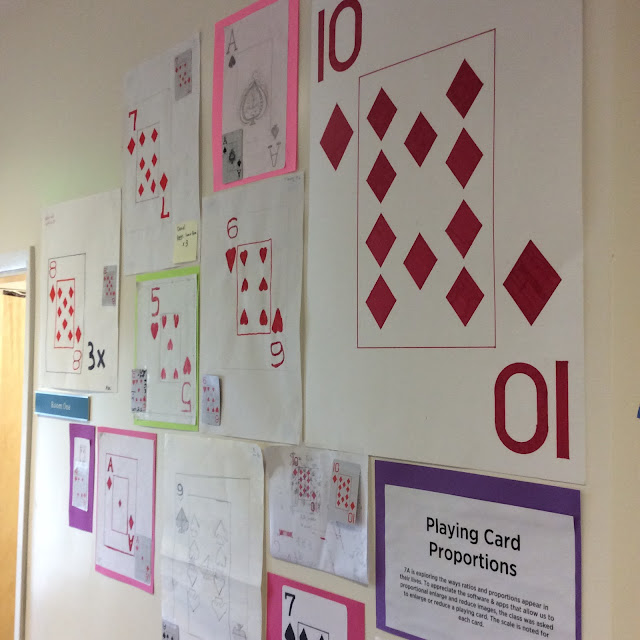One of the great challenges that my students face in math class is documenting their thinking on paper. Most students are resistant to taking the time to show their work in detail. It is difficult to capture all of the decisions and step that are required to show someone how they achieved their result. Every so often, students are able to capture their thinking in a clear, detailed, and concise manner. These are two exemplar samples of what we hope every student can achieve.
The eighth grade is learning how to factor polynomials. We began the journey by learning how to multiply monomials, binomials, and polynomials. The class spent several periods looking for the clues on how to factor a trinomial in the form of a^2+bx+c. To solidify their learning, they were asked to write out the steps to teach someone how to factor this type of trinomial. Many found this task difficult because they struggled to generalize the steps. Most could tell you what to do with a specific example, but not how to do it without specifics. These two examples were the most successful at capturing what needs to happen to factor a basic trinomial in the a^2+bx+c form. Both capture the essence of the procedure in very different ways. One is verbal and the other is expressed with tables. We shared in class to help everyone get better at documenting their thinking.








